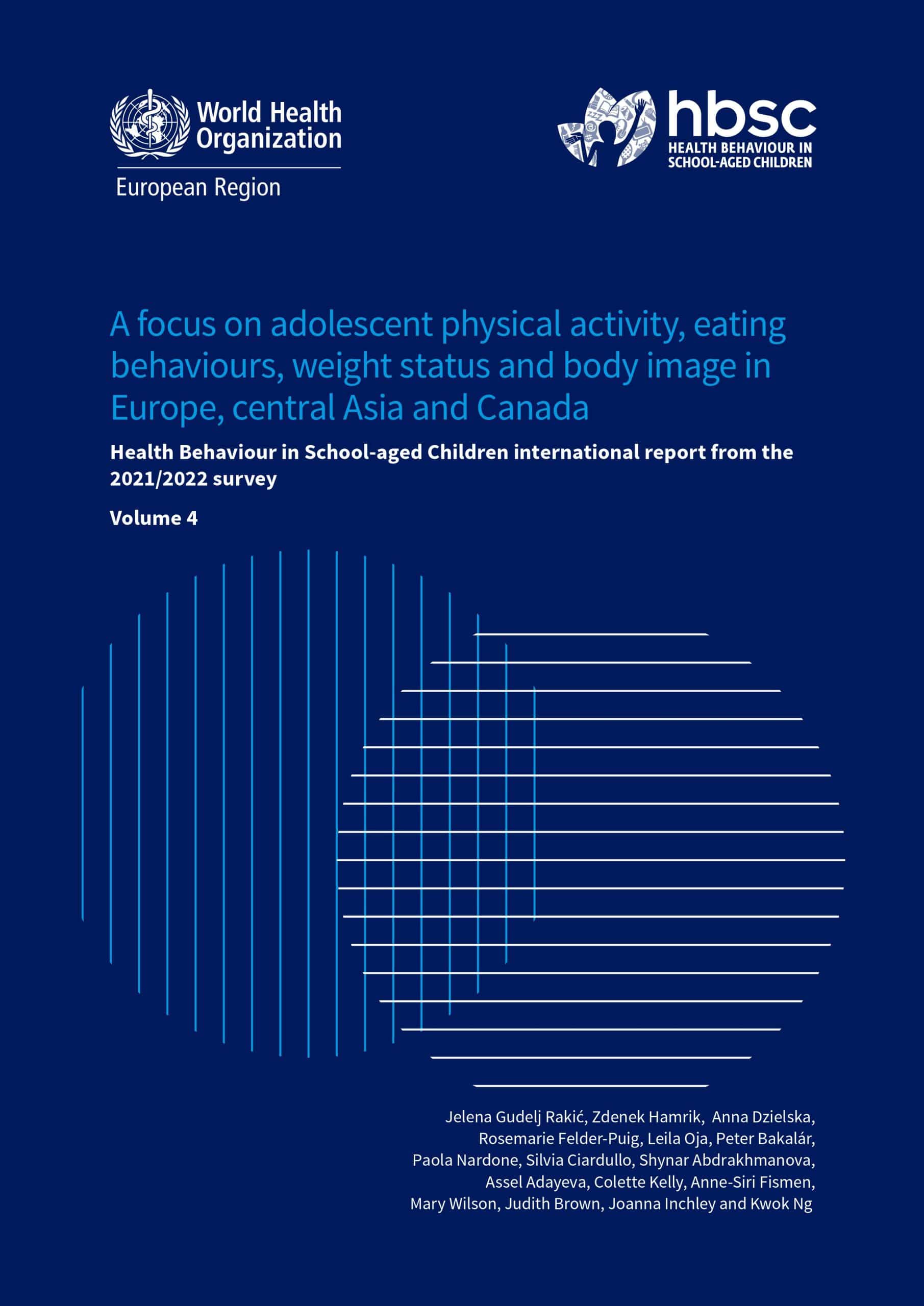Topic
Obesity & body image
Obesity and body image are complex and interconnected issues that significantly impact adolescent health and well-being. Obesity increases the risk of chronic diseases like type 2 diabetes, heart disease, and certain cancers, while negative body image can contribute to mental health problems and unhealthy behaviours. Understanding the prevalence and factors influencing these issues is crucial for developing effective prevention and intervention strategies.
This section of the HBSC study examines the prevalence of overweight, obesity, and underweight among adolescents, as well as their perceptions of body image. By analyzing these factors, we can gain a comprehensive understanding of the challenges young people face in relation to weight and body image, informing targeted interventions to promote healthy weight management and positive body image.
Select one of the indicators below to view data.
Key Findings
A focus on adolescent physical activity, eating behaviours, weight status and body image

- Over one in five adolescents (22%) are overweight or obese.
- The prevalence of overweight and obesity is higher among boys (27%) than girls (17%) and is more common among adolescents from less affluent families (27% vs. 18%).
- Nearly a third of adolescents (29%) perceive themselves as too fat, with a higher prevalence among girls (34%).
- Nearly a third of adolescents (29%) perceive themselves as too fat, with a higher prevalence among girls (34%).
- Body dissatisfaction, particularly among girls, tends to increase with age, highlighting the importance of early intervention to promote healthy body image and prevent negative mental health outcomes.
- While underweight is less prevalent than overweight and obesity (5%), it remains a concern for a small proportion of adolescents.
- The rate of underweight has remained stable at 5% since the last survey.
Cite this data
Rakić JG, Hamrik Z, Dzielska A, Felder-Puig R, Oja L, Bakalár P et al. A focus on adolescent physical activity, eating behaviours, weight status and body image in Europe, central Asia and Canada. Health Behaviour in School-aged Children international report from the 2021/2022 survey. Volume 4. Copenhagen: WHO Regional Office for Europe; 2024. Licence: CC BY-NC-SA 3.0 IGO.
Youth Commentary
“Different people have unique perspectives and experiences. I guess what we need are more real conversations about real bodies, real struggles, and accepting ourselves for who we are.”
Girl, 17 years old, Kazakhstan
Explore topics
Mental health
Bullying & violence
Substance use
Physical activity
Eating behaviours
Obesity & body image
Sexual health
Social media
Social contexts
Sign up for updates
Be among the first to access new international reports from the Health Behaviour in School-aged Children (HBSC) study, featuring 2021/22 data.
Complete the form to join our email alert list and receive notifications as soon as new reports are available. You can unsubscribe at any time by replying to one of our emails.
By clicking ‘Sign up’ you agree to receive email notifications about new HBSC study reports. For information about how we handle your data, please check our privacy policy.